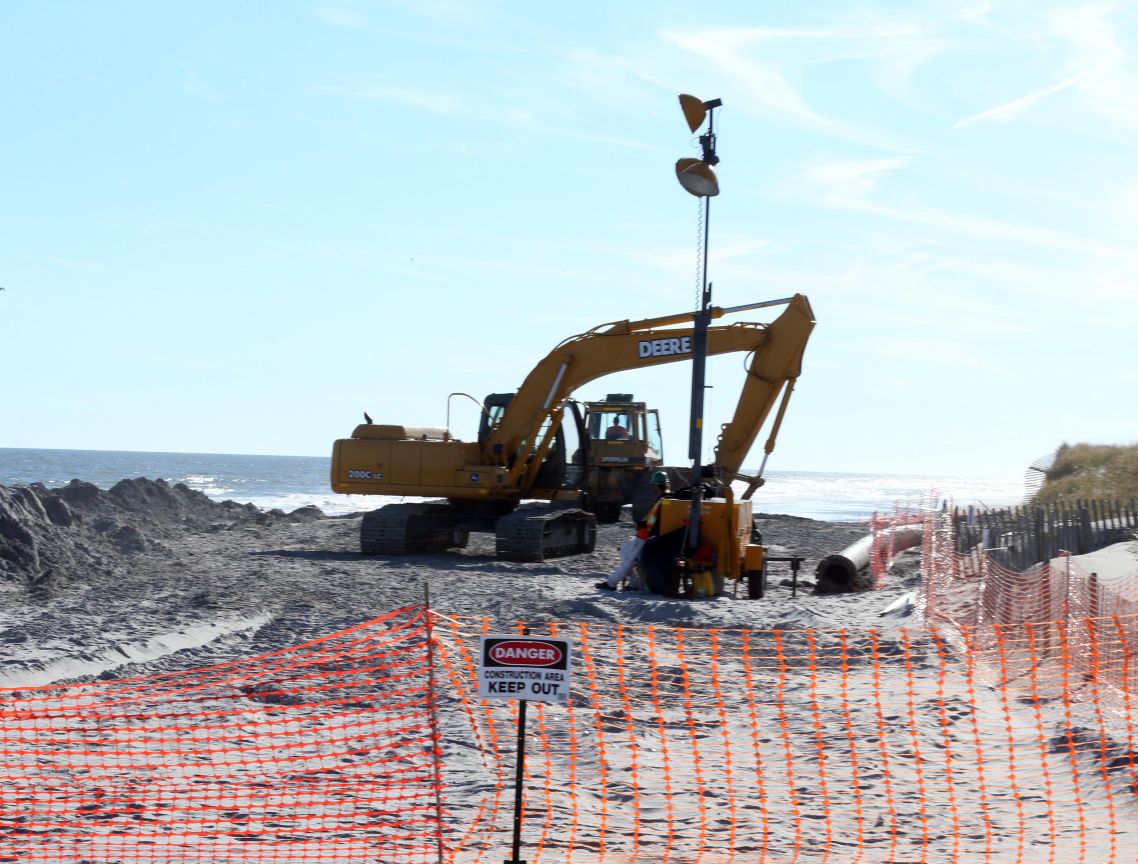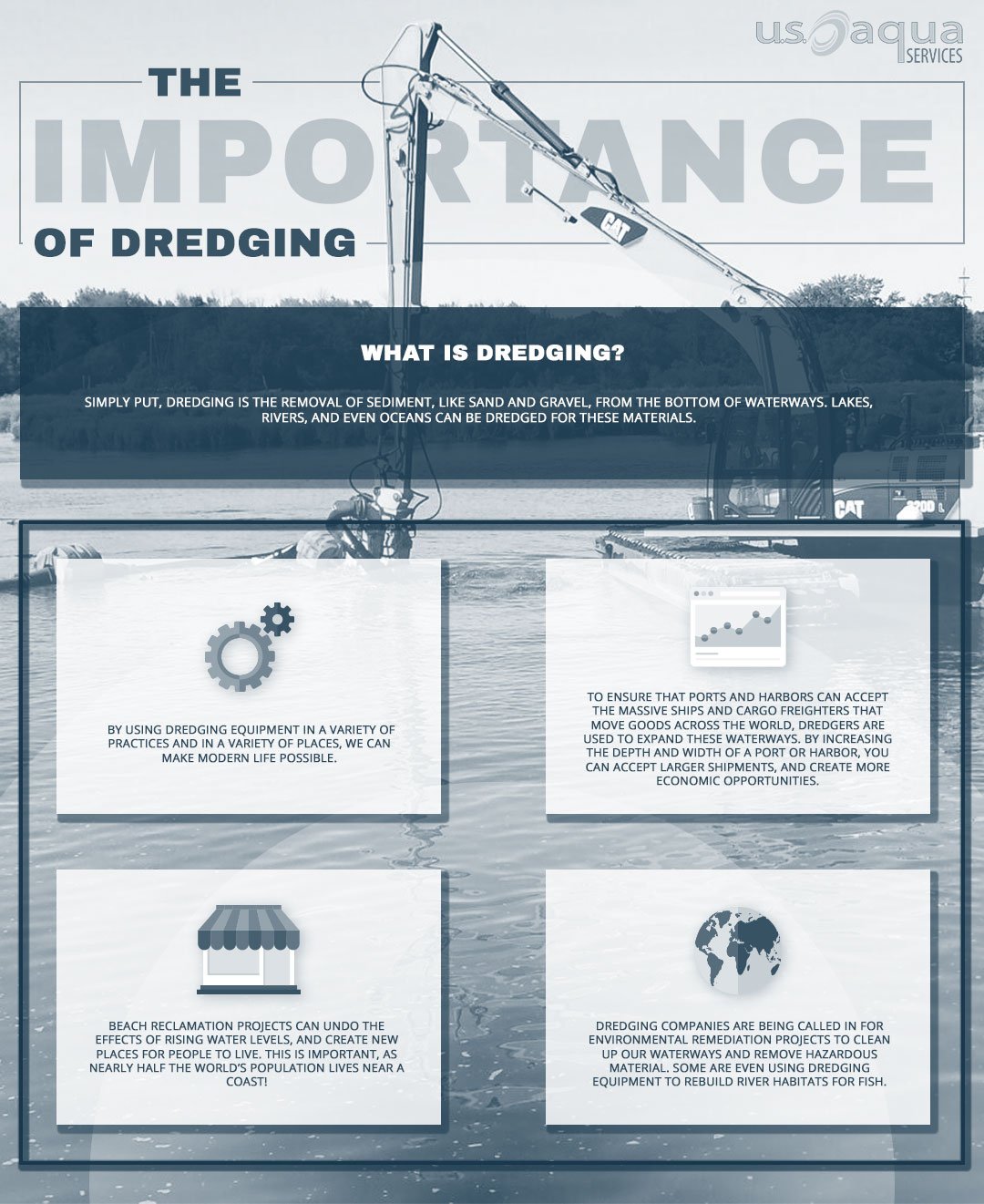

It is a jungle so hot and humid, it makes its own rain.

The Amazon is the biggest in a belt of forests that wraps the planet’s midsection. They are tiny cogs in a sprawling global machine that has destroyed nearly one-fifth of the Brazilian rainforest-an area about the size of California-over the last 35 years, driving more than 10,000 plant and animal species toward extinction. But a powerful web of extractive forces is also at work here.Įvery day, thousands of miners, loggers, farmers and ranchers burn or cut roughly 10,000 acres of forest, working to satisfy a growing demand for the resources it contains. The Amazon is enveloping and lush, a place of stupefying richness. Rancher Jaim Teixeira standing atop a charred tree stump on his property near Trairão. “For virgin forest,” Teixeira said, “you have to do it illegally.” No license allows a person to burn the Amazon’s ancient trees. “If I had a salary, I wouldn’t need to do it. “I know it’s illegal,” he says, gesturing toward the smoke. It’s the most expedient way to tame a jungle that stretches for thousands of miles in every direction. Brazil’s ranchers and rainforest frontiersmen call this limpeza. Teixeira lit the blaze the previous day to clear grazing land for his cattle. Nearby, a plume of smoke rises at the edge of the jungle canopy, heading skyward until it blurs into an indistinct haze.

It’s the end of the dry season and, like everything and everyone in this part of the Amazon, the lean, 51-year-old rancher is covered in a fine brick-red dust. TRAIRÃO, Brazil-Jaim Teixeira surveys his property from the back of a motorcycle, wearing jeans and a long-sleeved, sun-proof shirt to shield him from the jungle’s breathtaking heat. This article is part of a series produced in partnership with NBC News and Undark Magazine, a non-profit, editorially independent digital magazine exploring the intersection of science and society.


 0 kommentar(er)
0 kommentar(er)
